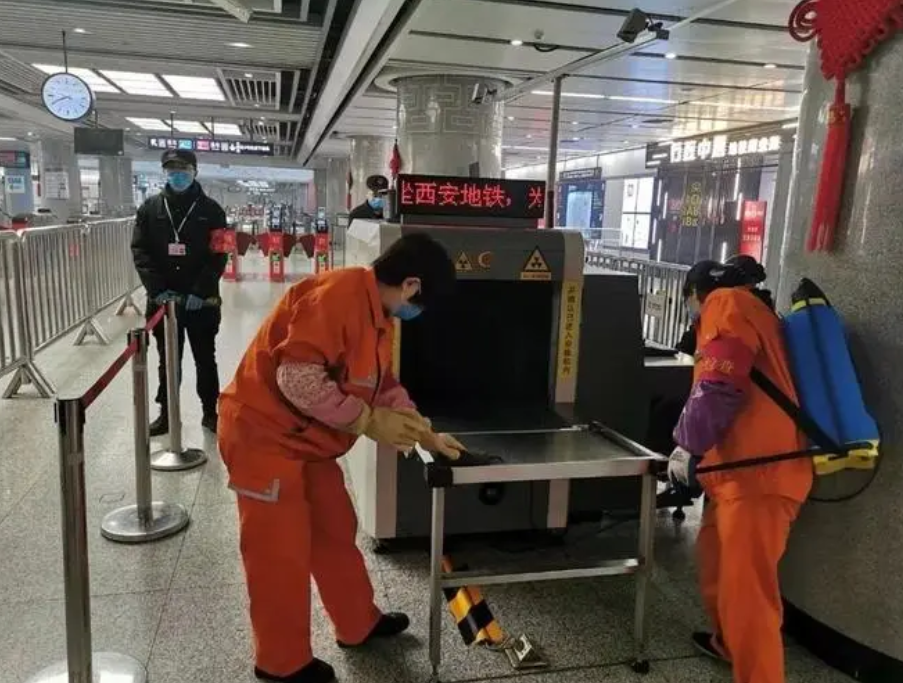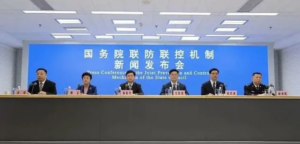
No new mutant strains have been detected in Xi’an, and the epidemic is at a low epidemic level.
It is reported that according to the risk assessment results of the first quarter of 2023 by the Xi’an CDC, provincial and municipal experts have concluded that Xi’an has passed the peak of infection and entered the low epidemic level stage, and no new mutant strains have been monitored in Xi’an itself.
The experts concluded that as the infection rate in the population rises, a more effective immune barrier will be formed and the rate of virus transmission in the population will slowly decrease. Recent community surveillance results show that although there was a large movement of people during the Chinese New Year, there was no large-scale outbreak of NICs in Xi’an, indicating that Xi’an has passed the peak of infection and has entered a low epidemic stage, and no new mutant strains have been detected in Xi’an.
Does low prevalence mean no protection? What should I do to monitor my health and personal protection in the near future?
Experts remind us that we need to protect ourselves even after “Yang Kang”. We are now in the high season of respiratory infections in winter and spring. The new crown is still good respiratory protection after recovery, which can better reduce the probability of contracting other respiratory infections.
At present, the medical and health system in Xi’an has also not relaxed its epidemic prevention and control and medical treatment work. It will continue to adhere to the community population surveillance of new crown infection to understand the real-time dynamic changes of the epidemic and provide basic data support for the prevention and control of the epidemic in Xi’an; synchronize the medical treatment work to further reduce the serious and fatal cases caused by new crown, strengthen the surveillance of key populations such as express, nursing homes and schools, and timely prevent and control Clustered morbidity.
Heart experts recommend that everyone take temperature measurements and self-health monitoring in advance of long-distance travel. If fever, dry cough, fatigue, loss of smell and taste, sore throat and other symptoms related to neo-crown infection appear, it is recommended to suspend travel and conduct antigen self-testing and other screening, use reasonable medication for symptoms, and seek medical attention if symptoms continue to worsen. It is recommended to plan the travel route well in advance before travel, try to stagger travel, prepare sufficient personal protective items such as masks in advance, and pay attention to climate change to prevent catching cold.
During travel, comply with the prevention and control requirements at stations, airports, service areas and other transportation stations, and adhere to the science of wearing masks. When taking public transportation, you should wear a mask throughout the whole process in a standardized manner, minimize the number and time of removing the mask due to dining, and pay attention to maintaining a safe social distance of more than 1 meter from others in public places or while waiting in line. Pay attention to respiratory etiquette and use tissues or elbows to cover the mouth and nose when coughing or sneezing.
Self-health monitoring should also be performed upon arrival at your destination. If symptoms related to new coronavirus infection such as fever, dry cough, fatigue, loss of smell and taste, sore throat, etc. occur, suspend your return to work and perform antigen self-test and other screening. We should insist on the “four pieces of prevention” of hand washing, mask wearing, ventilation and one meter line, and wear a mask when we go to and from work by public transportation.
After arriving at the office, keep the air flowing in the regional environment, and give priority to natural ventilation when ventilating, or turn on exhaust fans and other extraction devices to enhance indoor air flow if there is no condition. Air conditioners should be cleaned and disinfected before use, and when the centralized air conditioning ventilation system is in use, ensure that the amount of fresh indoor air meets the requirements of health standards. During work, contact with express, cleaning garbage, before and after meals, etc., should be timely hand washing or hand disinfection. Do not use unclean hands to touch the mouth, eyes and nose. Try to wear a mask when working in a multi-person office, and pay attention to cover up when coughing and sneezing.
Keep the environment clean and clear the garbage in time. Focus on cleaning and disinfecting common items or parts such as elevator buttons, card punching machines, desks, conference tables, microphones, door handles, etc. Wipe with alcohol or chlorine disinfectant. Minimize the gathering of people in the staff cafeteria, and disinfect food and beverage utensils for one person at a time. Pay attention to hand hygiene when purchasing (taking) meals and maintain a safe social distance. It is best to disperse and not pile up when dining.


Average Rating